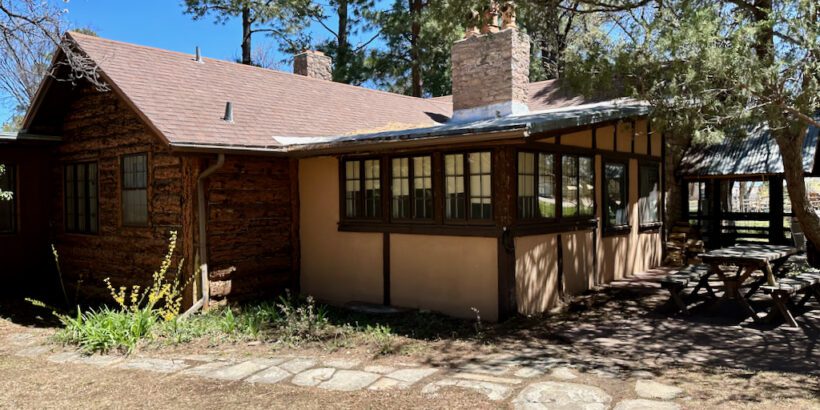If you have a fascination for the history of the nuclear era, then a visit to Los Alamos is an absolute must. Nestled among stunning mesas and canyons, this town served as a nuclear epicenter where monumental decisions were made, forever shaping the course of human civilization.
Whether you’re planning a quick day trip or plan on hanging around for a few days, Los Alamos offers a compact and captivating experience, with many key sites conveniently located close together.
In this article, I will provide you with everything you need to know about visiting Los Alamos, including valuable tips to ensure you make the most out of your visit.
Prepare to immerse yourself in the rich historical tapestry of this unassuming town and uncover the secrets and stories that define its pivotal role in shaping our nuclear legacy.
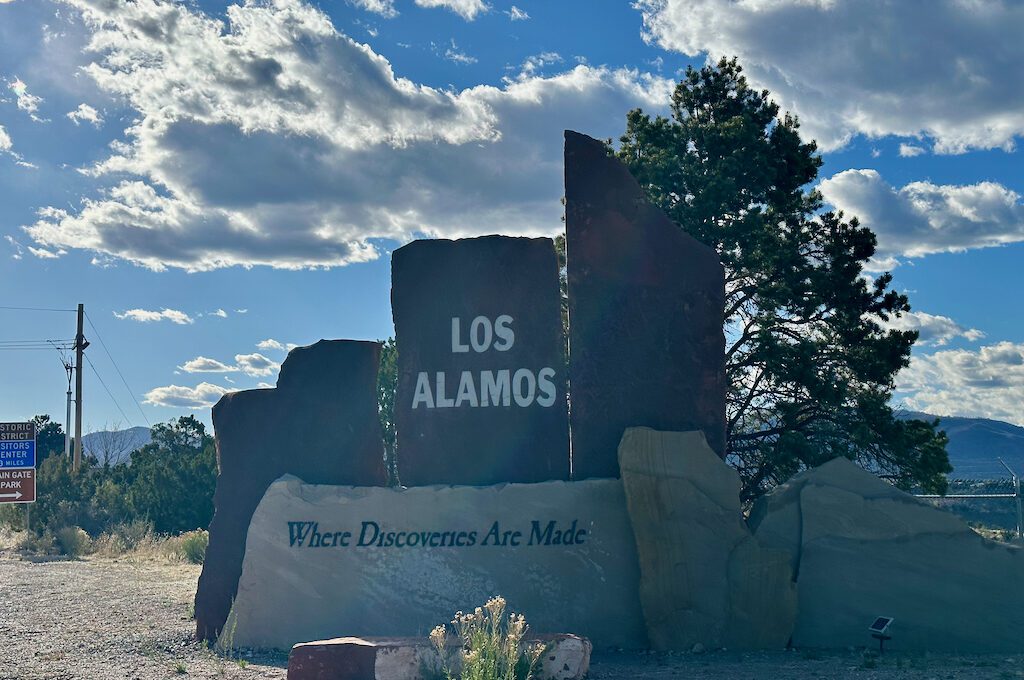
Table of Contents
What to know about visiting these sites
Many of the key sites mentioned below are conveniently located in close proximity to one another, making it possible to enjoy a historic walk and visit most, if not all, of these sites.
There are lots of public parking lots available, so finding a parking spot should not be an issue. During our visit, we opted to park near Ashley Pond, which proved to be a common starting point for the historical walk.
Be aware that some of these sites are closed on Sundays, and even when they are open, they tend to have limited operating hours with some closing around 3 to 4 PM. Additionally, keep in mind that much of the town shuts down on weekends (including some of the best places to eat), so think twice about visiting on a Sunday.
The last thing to consider is that Los Alamos sits at a high elevation of 7,300 feet. This means that it can be pretty cool in the summer and simply amazing in the fall and spring. But wear extra sunscreen and hats because higher elevation sunlight can be extra harsh on your skin. Also, watch out for signs of altitude sickness if you’re not accustomed to higher elevations.
While some of these sites are private residences, access to them is restricted so be sure to avoid trespassing on private property. Other sites may not be open to the public, but you can still appreciate their significance from a distance.
With all of that out-of-the-way, let’s get into the sites!
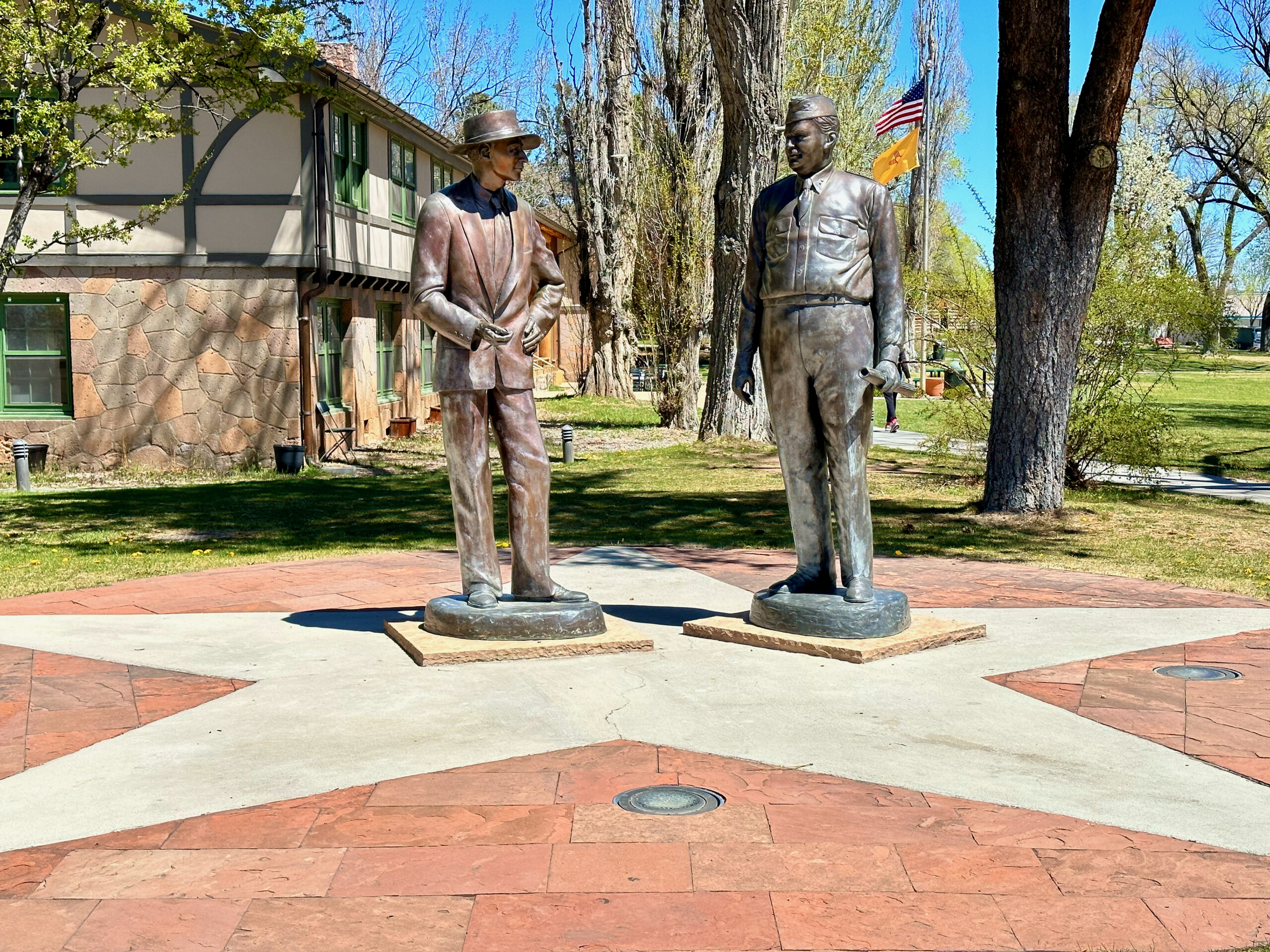
Manhattan Project National Historical Park
Manhattan Project National Historical Park is a collection of different historical buildings and grounds clustered together in the heart of Los Alamos. You can visit the Manhattan Project National Historical Park visitor center to get your day started and plot out your next moves.
It’s a very compact visitor center but there are some helpful rangers in there and you can always get your National Park Passport stamp!
Make sure you check out the Oppenheimer and Groves sculpture located just a little bit outside of the visitor center.
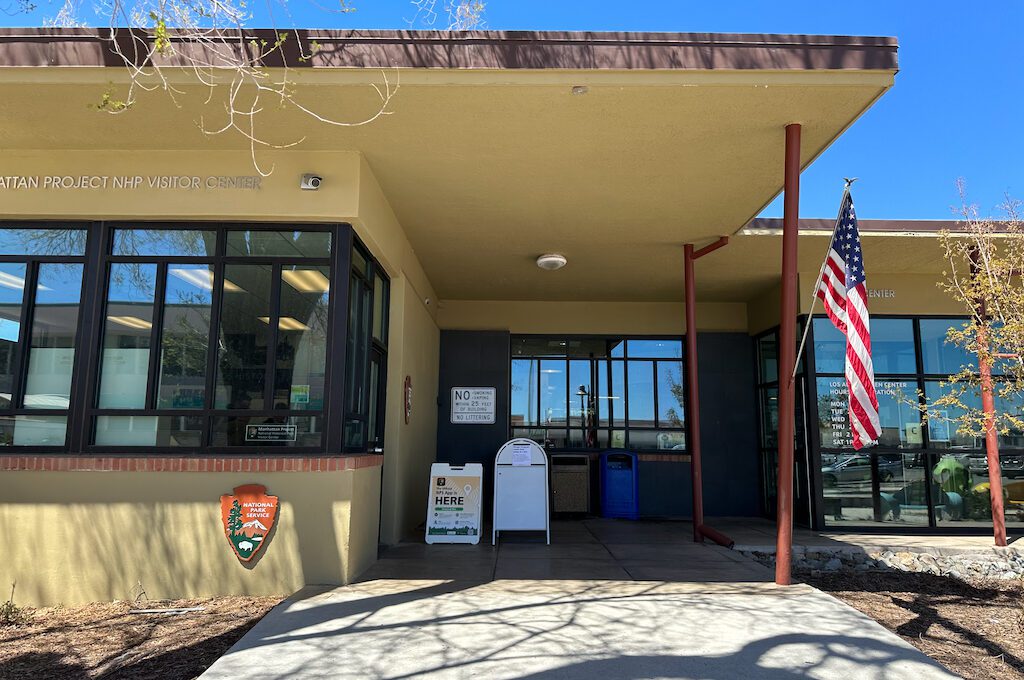
Bradbury Science Museum
The Bradbury Science Museum is a must-visit in Los Alamos. With over 60 interactive exhibits, it showcases the history and achievements of the Los Alamos National Laboratory and has a few key highlights you don’t want to miss like:
- 15-minute film on the history of the Manhattan project
- Trinitite display
- Photography/film artifacts from the Trinity Site
- Oppenheimer’s chair (just imagine the decisions made from that seat!)
They also have a lot of exhibits that go well beyond the Manhattan Project and explore a lot of the scientific discoveries and efforts that take place at the laboratory. The best part of this museum is that it’s free!
Tip: If you want to visit the Los Alamos National Laboratory, look into behind the fence tours. These are only offered a few times a year and will take you to a lot of the historical sites that are not typically open to the public. These are sites like: the Pond Cabin, the battleship bunker, and the Slotin Building.
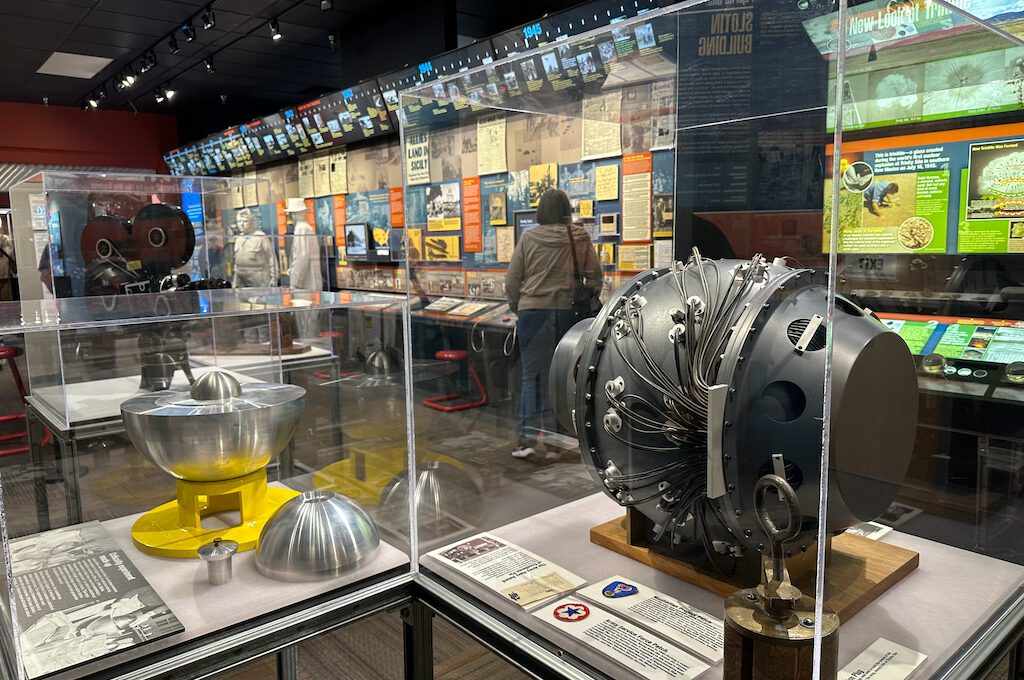
Los Alamos Historical Museum
Another museum that should be on your list is the Los Alamos Historical Museum. Built in 1918, this structure holds the distinction of being the oldest continually occupied building in town.
At this museum, you will have the opportunity to delve into the stories of the scientists, engineers, and everyday individuals who played crucial roles in the Manhattan Project.
The exhibits provide a comprehensive narrative, spanning from ancient times to the present day. I personally thought the letter from the US government to the ranch school, notifying them of the government’s intention to take over the school, was interesting. The fact that they allowed them to finish up a school term was pretty considerate considering the dire need to get things set up in Los Alamos!
As you explore the museum’s creaking wooden floors, immerse yourself in the rich tapestry of history — remember this very building was once the preferred lodging spot for General Leslie Groves.
While there is a nominal entry fee of five dollars, the experience is well worth it.
Additionally, for a more in-depth understanding, consider booking a walking tour (reservations recommended).
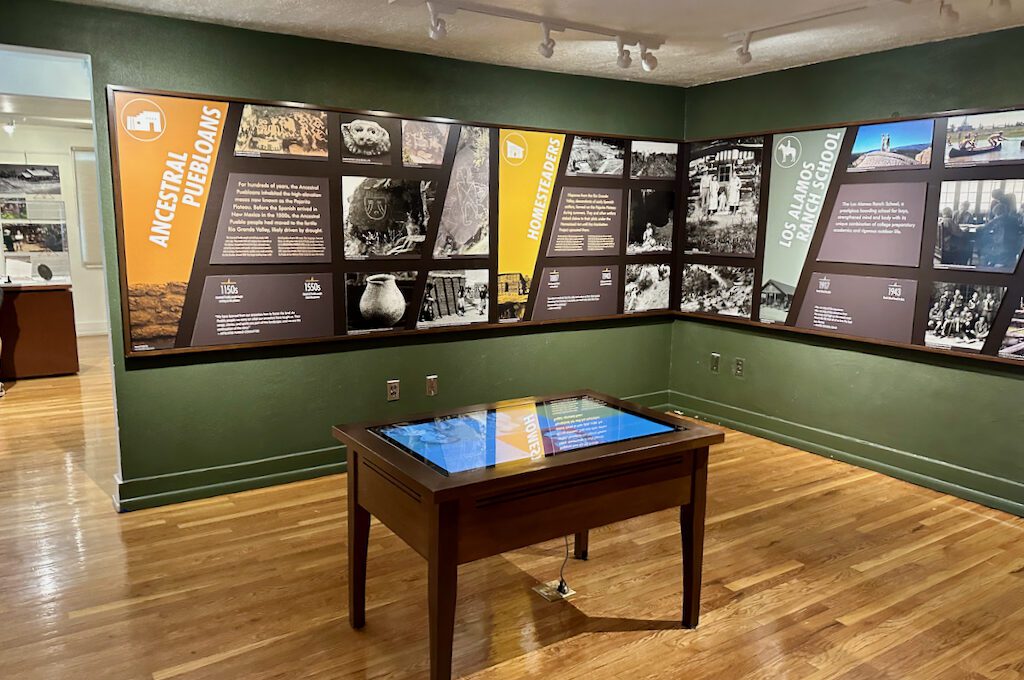
Fuller Lodge
Originally built in 1928 as the dining hall for the Los Alamos Ranch School, the Fuller Lodge is a magnificent historic building meticulously crafted using 771 pine logs that were personally selected by architect John Gaw Meem and Ranch School director A.J. Connell. This structure carries a rich history, representing the early days of Los Alamos.
Today, the Fuller Lodge has been transformed into a vibrant cultural center that offers a versatile space for social gatherings, meetings, and housing various offices, including the Fuller Lodge Art Center and the Los Alamos Arts Council.
Visitors have the opportunity to explore this iconic log structure and delve into its heritage, witnessing firsthand the architectural beauty and historical significance it holds.
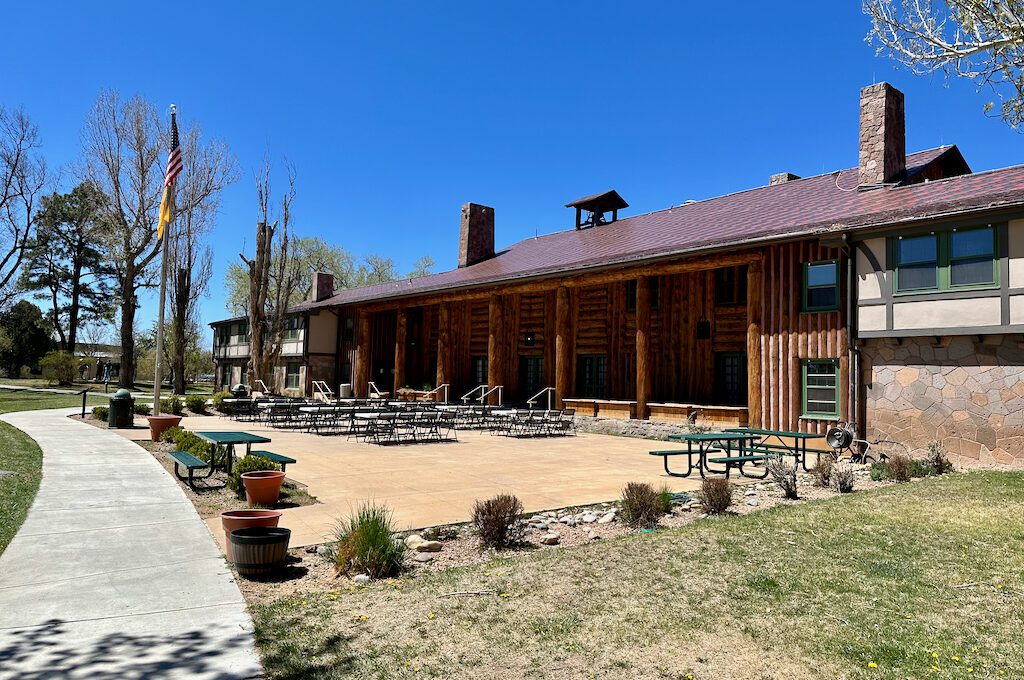
Ashley Pond Park
One of the main attractions in the city of Los Alamos is Ashley Pond Park. The pond was very fittingly named after the founder of the Los Alamos Ranch School, Ashley Pond Jr. Back in the day, students used the pond for summer and winter sports.
During Project Y, the pond was surrounded by technical area laboratories but these structures were removed by the mid-1960s.
Today, it’s used as a public park and a hub for community events and it’s just a really beautiful place to go for a picnic or stroll. As mentioned above, it’s also a good place to begin your historical walking tour.
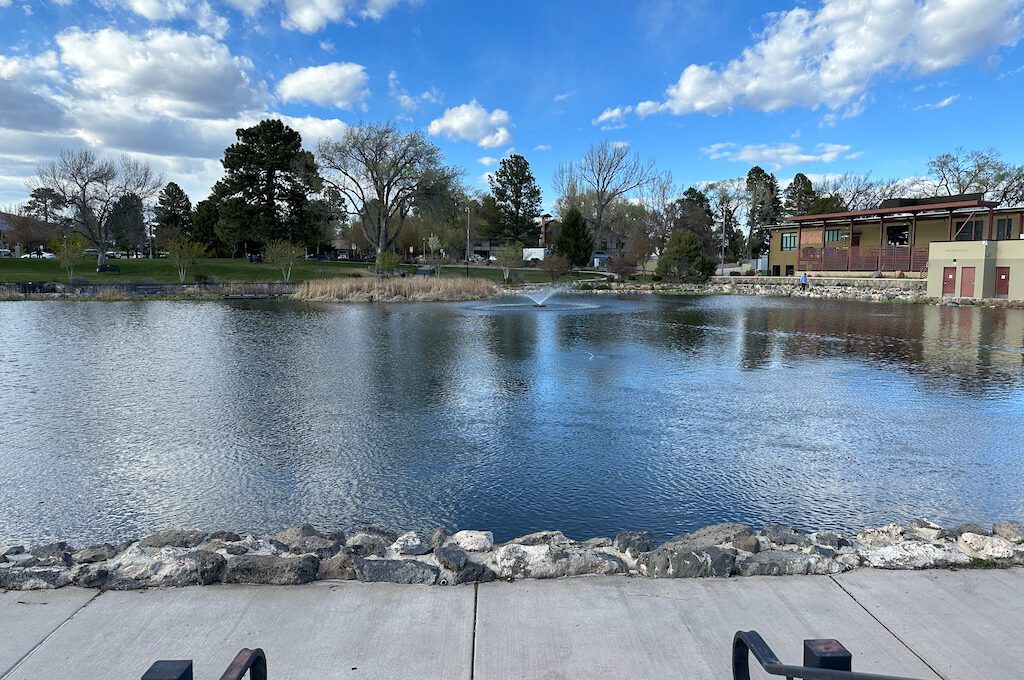
Ice House Memorial
The Ice House Memorial sits on the site of the old Ranch School Ice House where the students once stored blocks of ice cut from Ashley Pond during the freezing winters.
During Project Y, scientists used the icehouse to assemble the nuclear core of “Gadget,” the prototype atomic bomb that was later transported to the Trinity Site. As we had recently explored the Trinity Site open house and saw where the bomb was assembled (the McDonald Ranch House), it was really cool to see this site.
Today, you can check out the Ice House Memorial that contains original stone from the Ranch School Ice House!
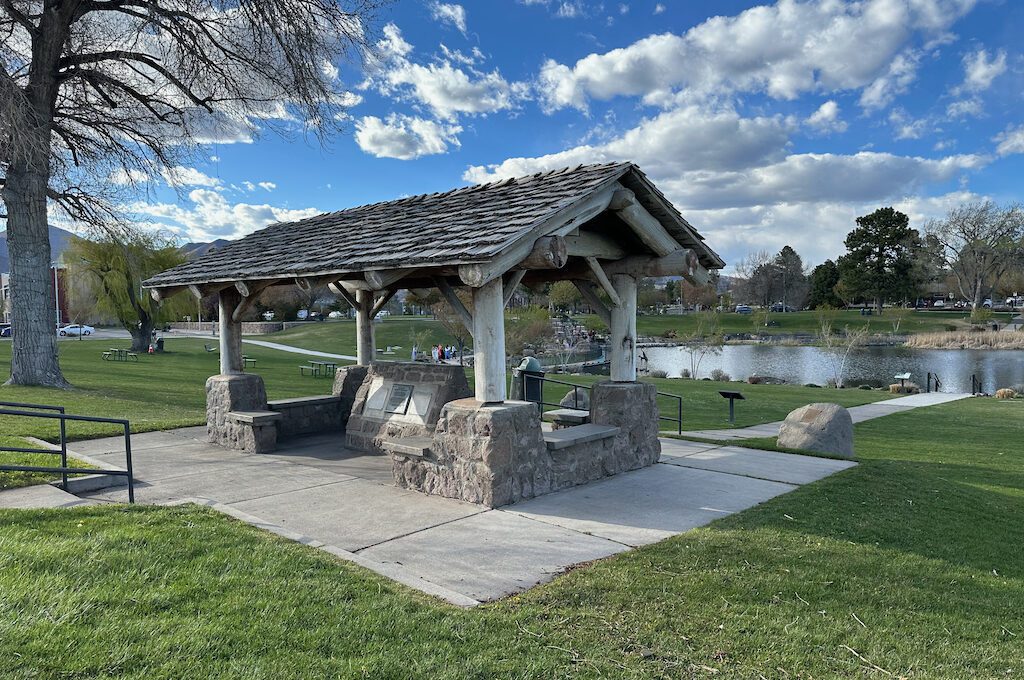
Bathtub Row
Bathtub Row is an actual street name with historic homes that were originally built for the Los Alamos Ranch School and then adapted during the Manhattan project to be used by scientists.
Back during the WWII days, these homes were the only ones with bathtubs which is how the street got its name!
Several of the homes are private residences so don’t trespass but from a nearby sidewalk you can let their unique architecture take you back in time.
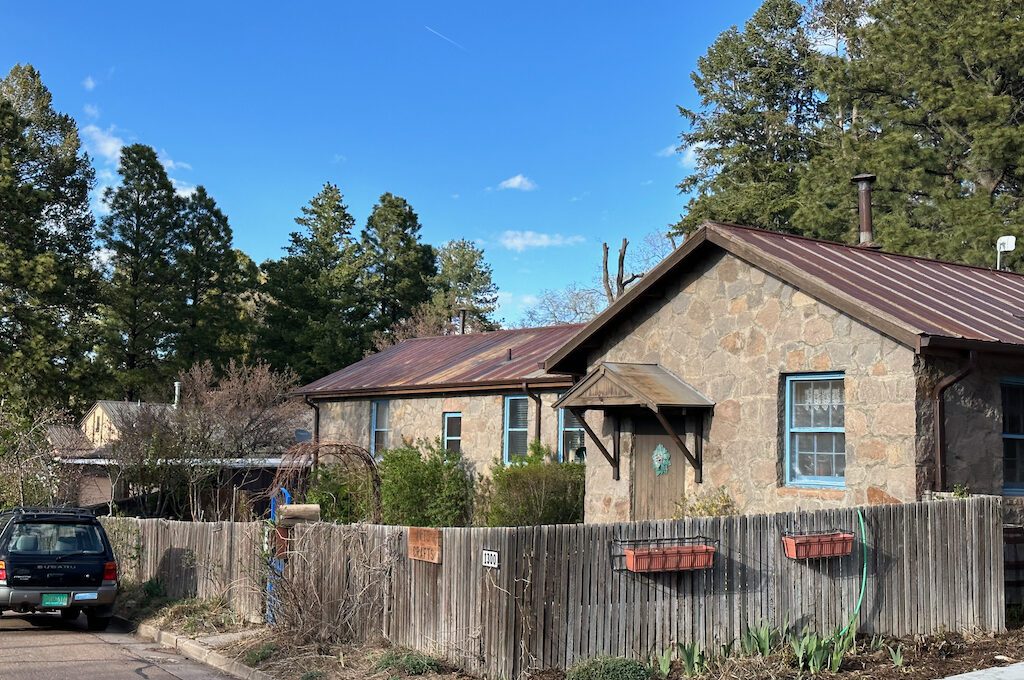
Hans Bethe House
The Hans Bethe House is a unique residence situated on Bathtub Row. This house was once the home of chemist Edwin McMillan and physicist Hans Bethe, both of whom were Nobel Prize laureates.
It’s also a beautiful historic building showcasing a blend of modernist and adobe-style elements with a strong Pueblo Revival influence. (I couldn’t get enough of the architecture here.)
If you have an interest in the Cold War and the significance of Los Alamos during that period, this is a must-visit destination for you since it houses the Harold Agnew Cold War Gallery. Plus, you can view Frederick Reine’s 1995 Nobel Prize in Physics!
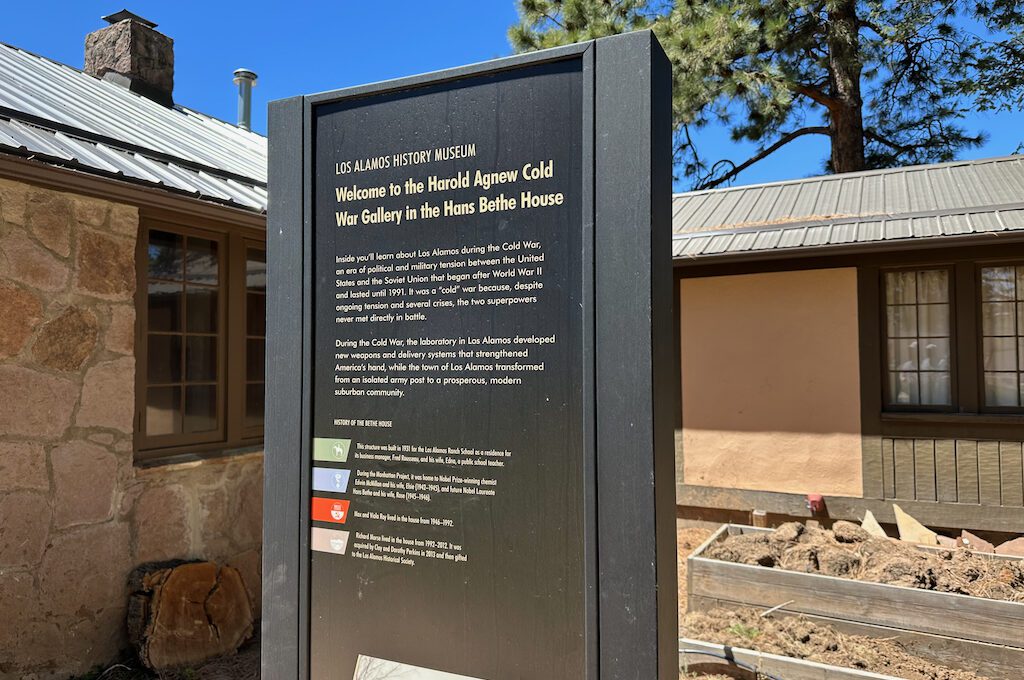
Robert Oppenheimer House
Robert Oppenheimer, known to some as the “father of the atomic bomb,” was the director of the Manhattan Project and a visionary scientist. While initially some thought he would be an unlikely candidate for such an important leadership position, in the end he proved to be the perfect man for the job.
You can visit the Robert Oppenheimer House where Oppenheimer, his wife Kitty, daughter Toni, and son Peter lived from 1943 to 1945. It’s said that Oppenheimer was known for throwing parties at his house and that invitations to these parties were in high demand among the scientists working at Project Y.
Built in 1929, the house is nearly 100 years old and it’s said that it’s going to be undergoing renovations soon and will at some point open up to the public as one of the main attractions to visit. I will certainly be back for that!
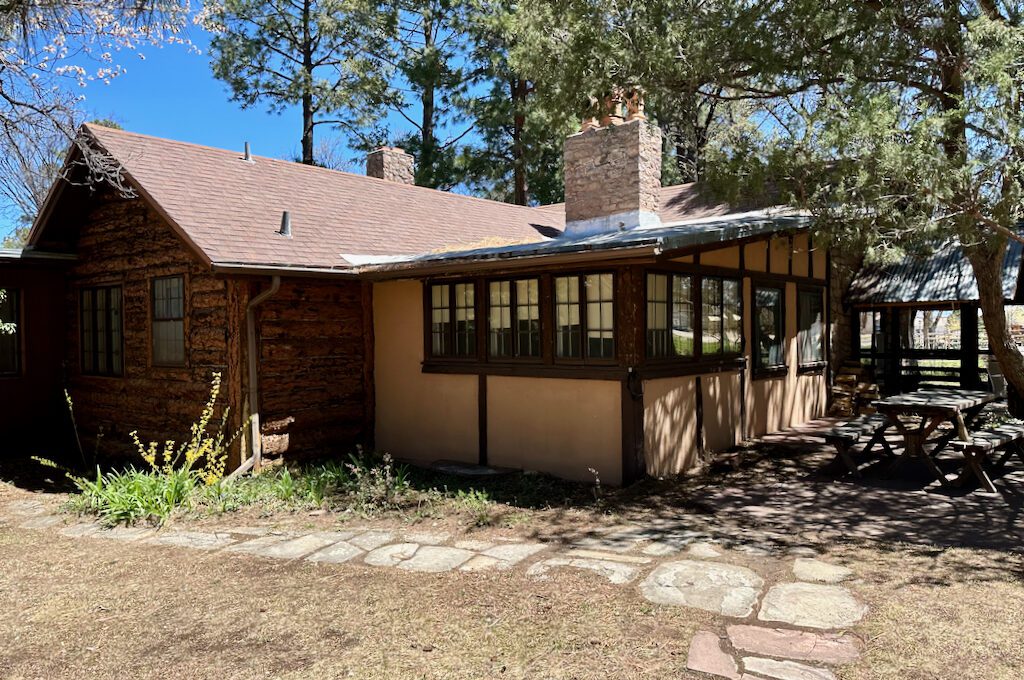
Stone power house
This structure was built back in 1933 to house the ranch school’s electrical generator. But later on in 1944, it was remodeled and explosives expert George Kistiakowsky lived here.
Designed by architect John Gaw Meem, the building showcases more Pueblo Revival architectural style and stands as a historic remnant of the Ranch School era.
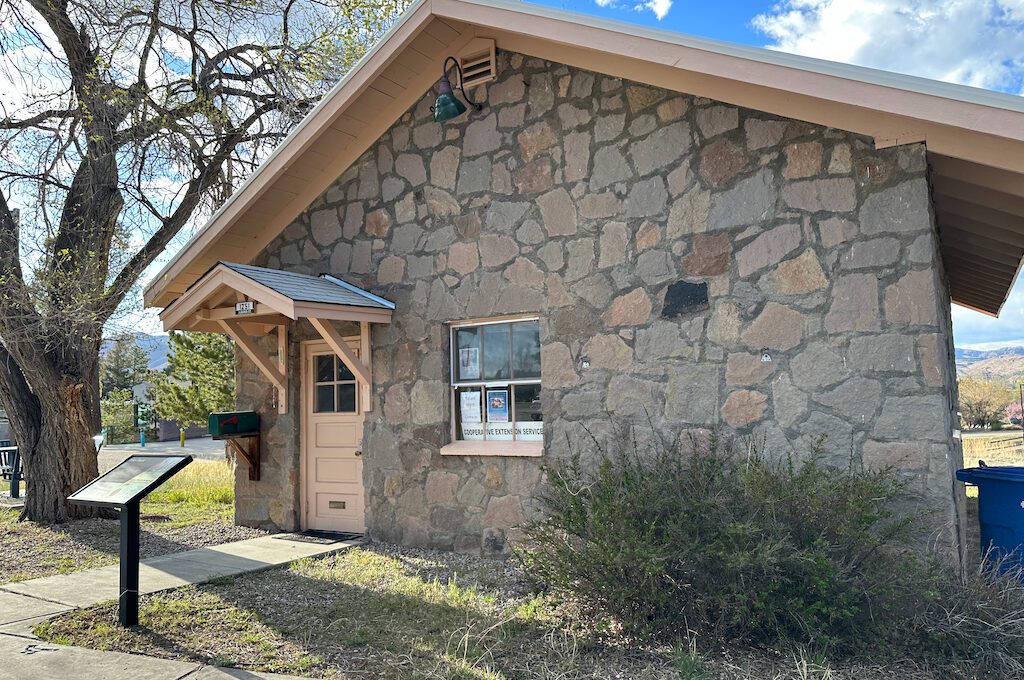
Civilian Women’s Dormitory
Another historic structure in the area that is easy to miss is the Civilian Women’s Dormitory. This building housed non-military staff working for the Manhattan Project, since military personnel were typically accommodated in barracks in the military section of Los Alamos.
These civilian dormitories called “Priority Dorms,” were heavily sought out by civilians because they were so comfortable and came with amenities like maid service, laundry, and room cleaning. For 1940s Los Alamos standards, this was essentially the Ritz Carlton for civilians!
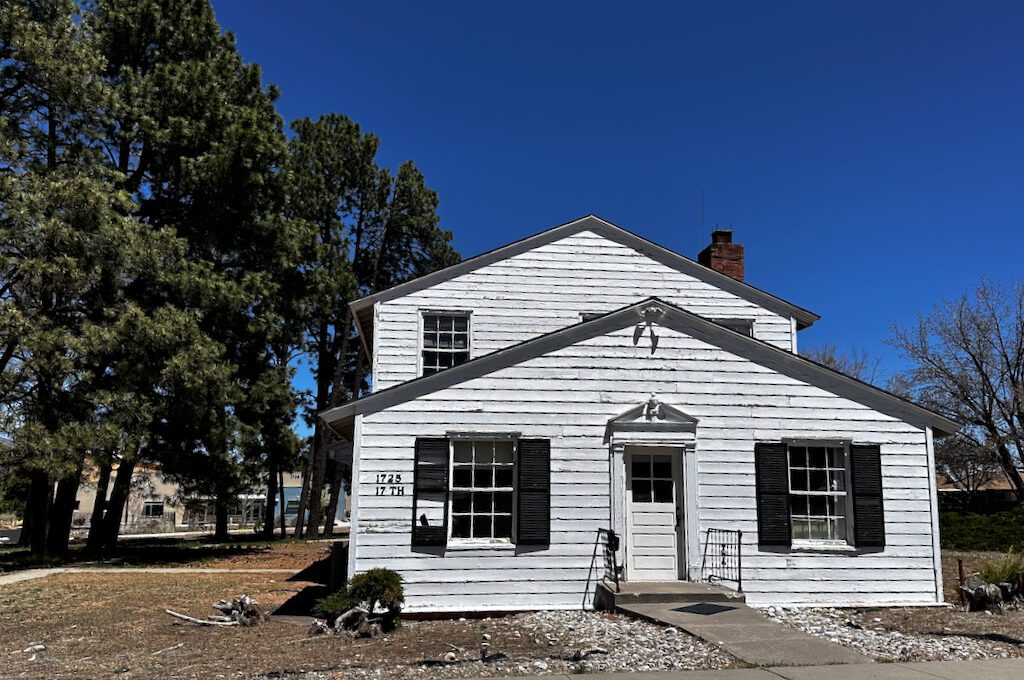
WWII cafeteria
On the corner of 15th St. and Nectar Street you can find the old World War II cafeteria. This was once a favorite mess hall for the military members working on the Manhattan Project. And now it serves as the location for the Los Alamos Performing Arts Center.
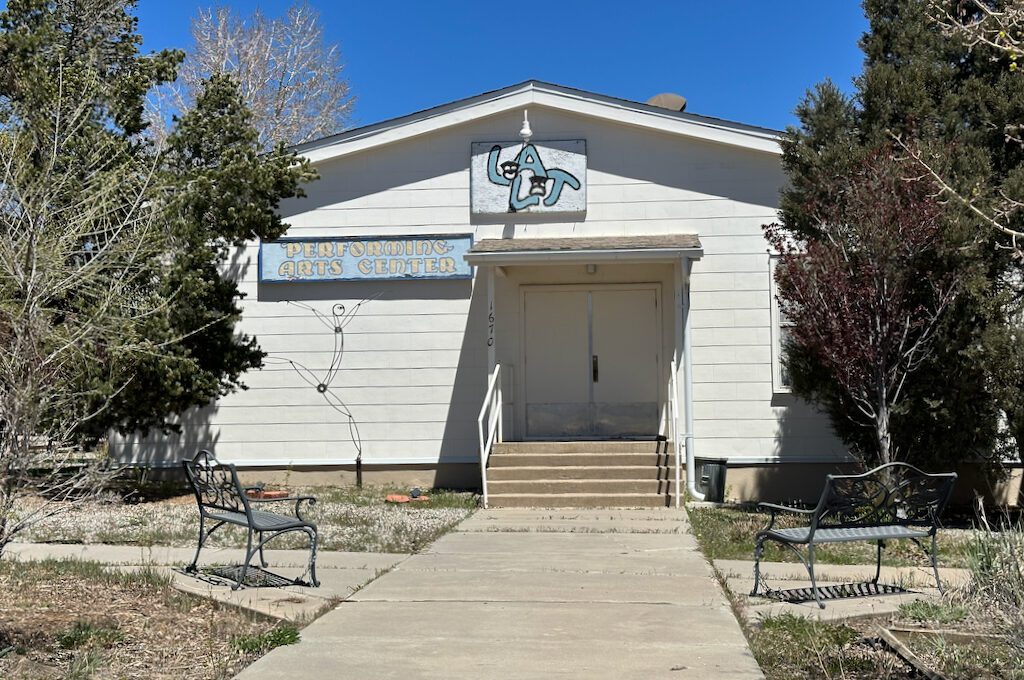
The pueblo ruins
Another intriguing site to explore is the pueblo ruins. Dating back to approximately 1225 CE, this location once served as the habitation of a Tewa-speaking community who are ancestors of the present-day Pueblo people.
The structures at this site were constructed using blocks of volcanic tuff and were utilized for various purposes, including cooking and sleeping quarters. It’s an interesting sight as you typically don’t see ancient ruins lying around a small-town neighborhood, just feet from a sidewalk.
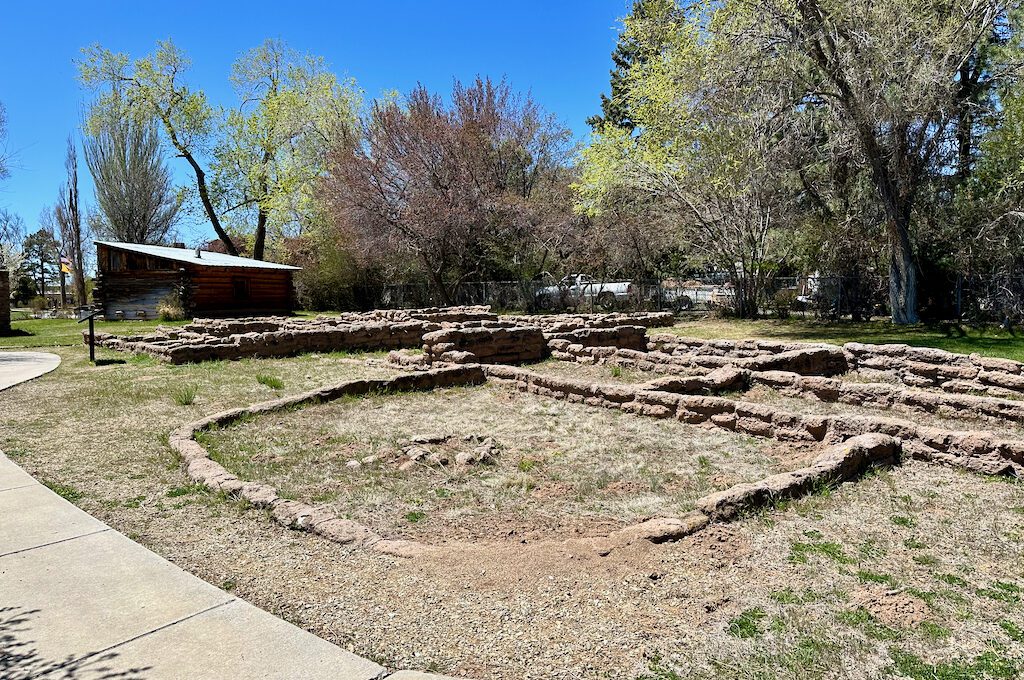
The Romero Cabin
The Romero Cabin is right next to the pueblo ruins and it gives you a good sense of what the homesteading culture looked like on the Pajarito Plateau in the late 1800s.
This particular cabin was built by the Romero family back in 1913 but was eventually acquired by the US government. It was built on a nearby mesa and relocated to this spot in 1984. It’s a cool little spot to walk inside of and you really get a sense of the cozy quarters that some of the early inhabitants of this region lived in.
Right next-door is the Ranch School fire cache, which stored fire lighting equipment. And across the street from the Romero Cabin, you can see the site of the original main building for the Los Alamos Ranch School.
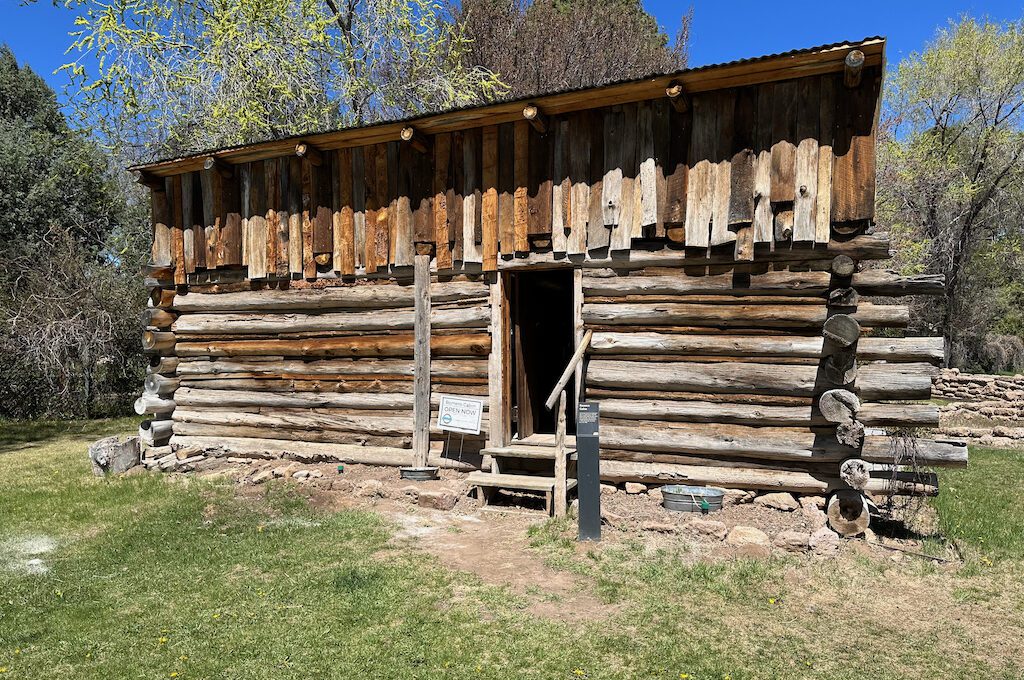
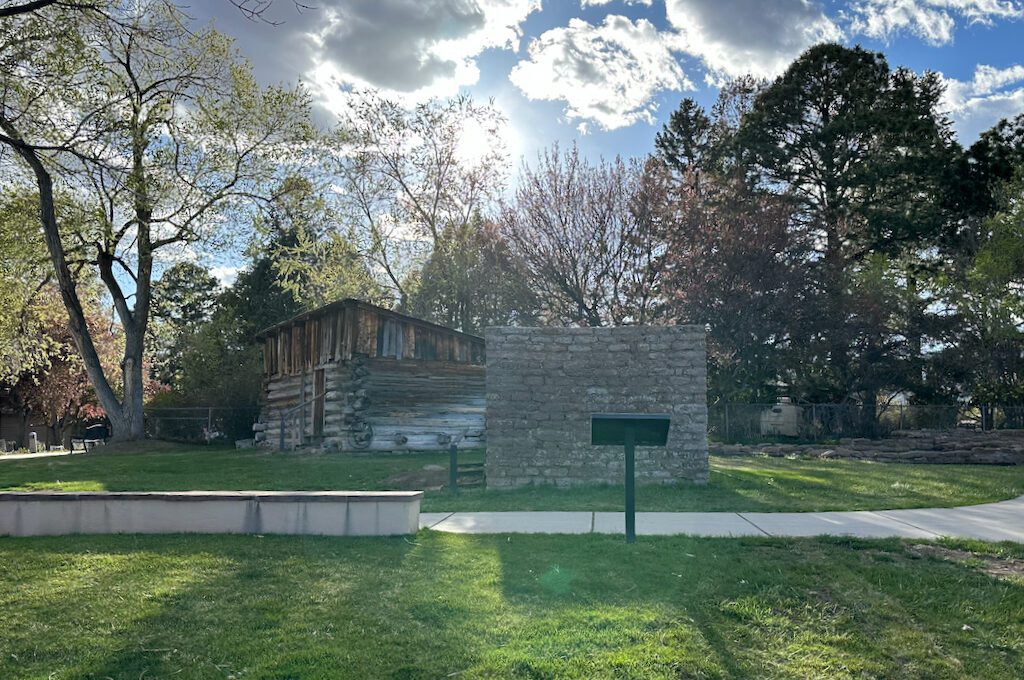
Main Gate Park
All of the workers during the Manhattan project had to pass through a main security gate to access Los Alamos and there is a re-creation of the gate just outside of the main area of town.
Workers would arrive here after first meeting Dorothy McKibbin, “the gatekeeper of Los Alamos,” who oversaw things like housing, greetings, and issued the all important IDs needed by Project Y workers. While security measures were stringent at Los Alamos, a few spies managed to infiltrate the area.
If you’re leaving town, the re-created gate is found just past the airport near a landscaping store — you should easily see signs for it.
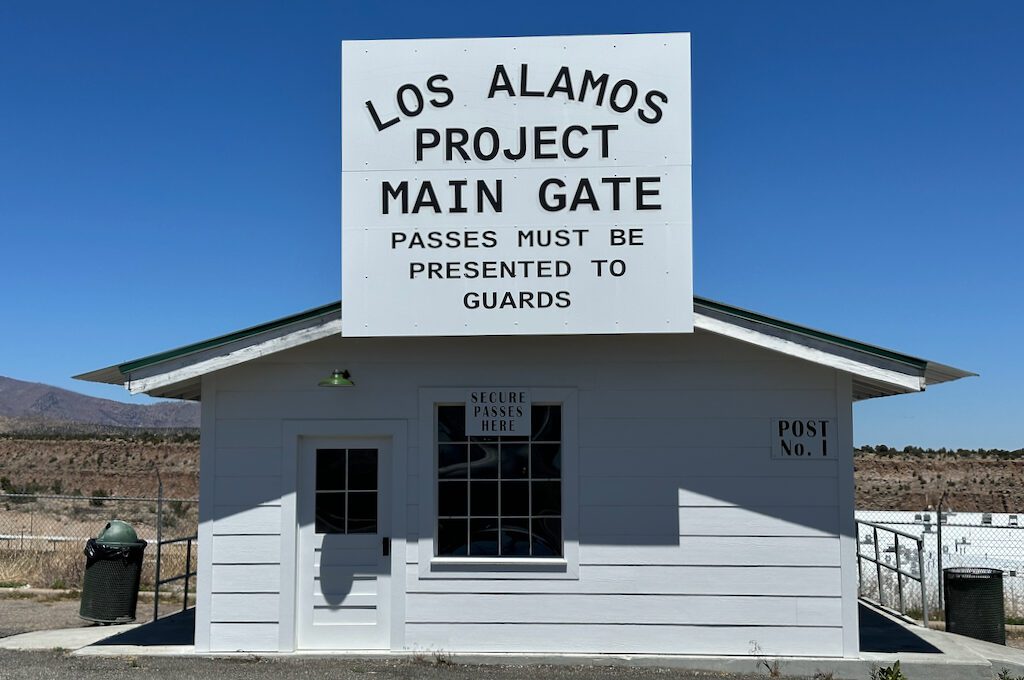
The historic post office
This post office opened in 1948 on the site of the Ranch School Trading Post and is now listed on the U.S. National Register of Historic Places. It still serves as the main post office for Los Alamos County.
Did you know? During the time of the Manhattan project, all mail sent to Los Alamos was addressed to “P.O. Box 1663, Santa Fe, New Mexico”
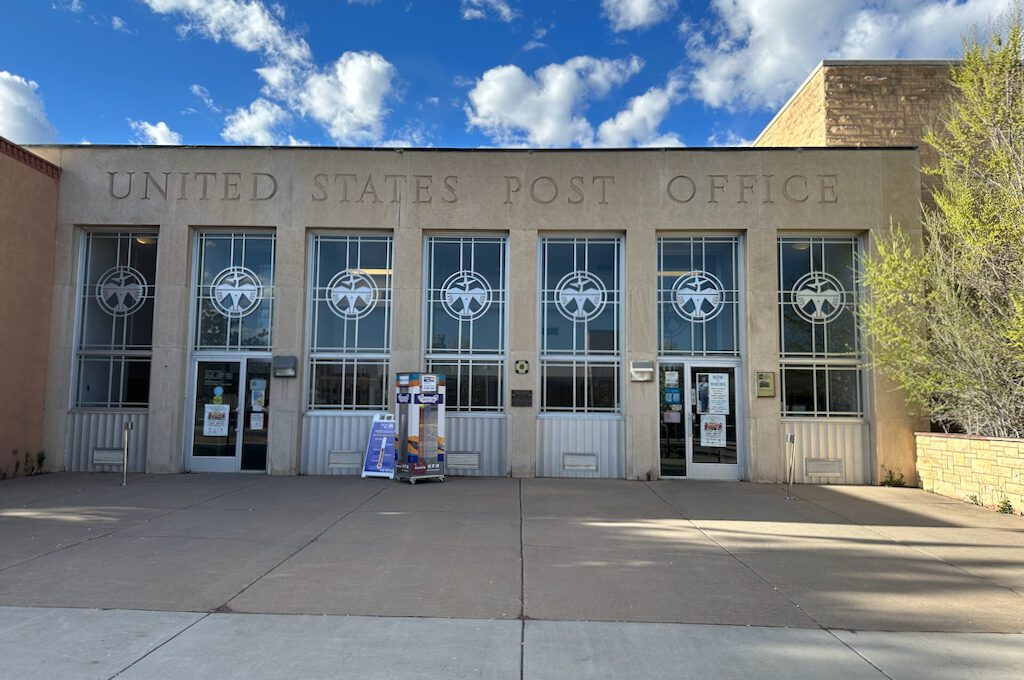
Other sites to explore
If you’re in this area then you really owe it to yourself to check out Bandelier National Monument. It’s a gorgeous national monument with ancient cliff dwellings and a valley floor blanketed with tall pine trees.
Before heading to Los Alamos, we started off our day with a hike to the Alcove House which takes you up a couple hundred feet via stone steps and wooden ladders. It’s a great way to get up close to the historical Pueblo ruins and enjoy a good view but if you have a serious fear of heights you may want to pass on the ladders.
Our hotel was located in nearby White Rock which also made it easy for us to explore the beautiful White Rock Overlook which is a great place to be at sunrise or sunset. This entire region is truly a beautiful place to explore!
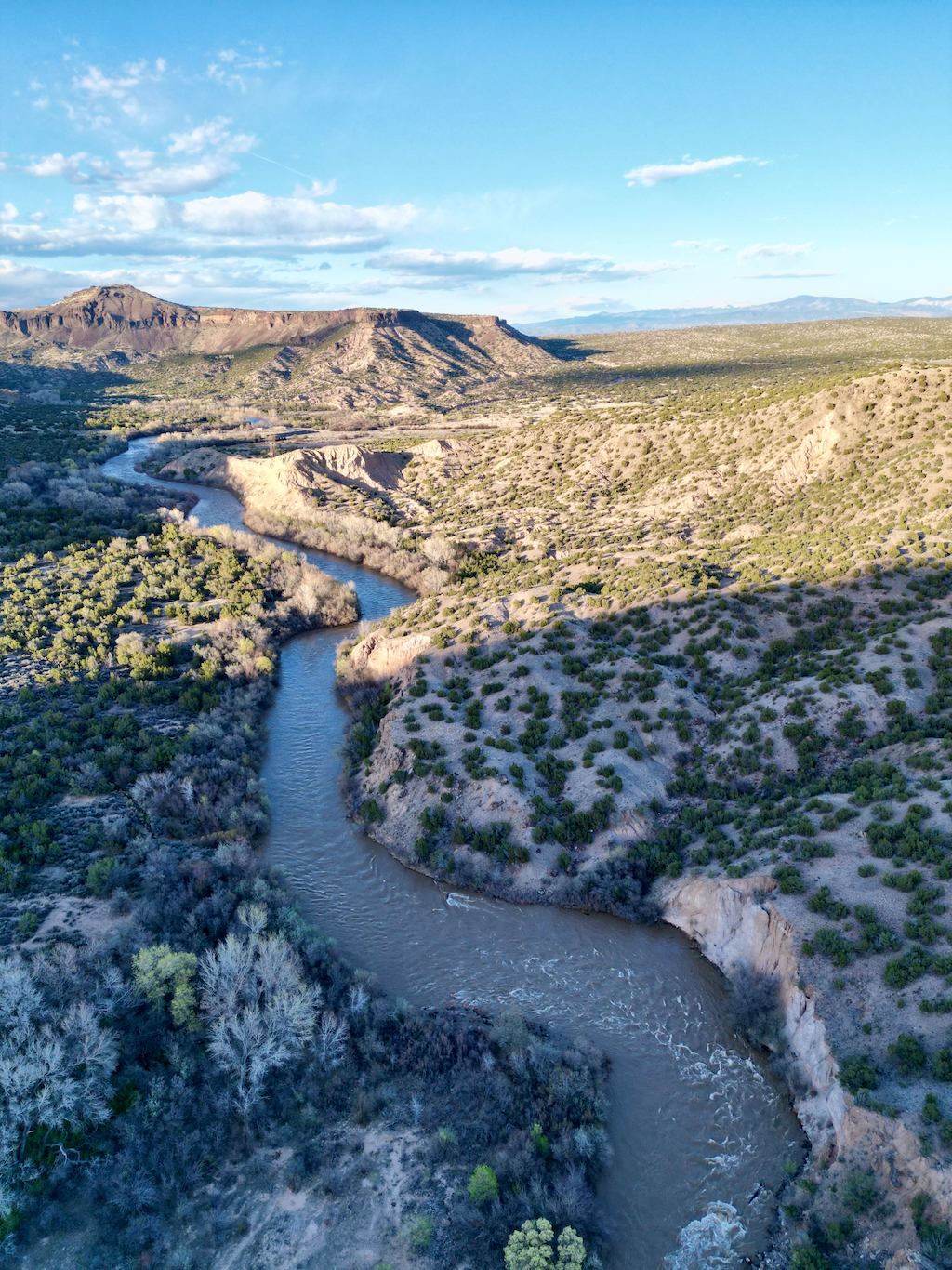
Final word
Los Alamos is a fun and easy place to explore. All of the main attractions are within walking distance and because of the high elevation, the weather can be amazing as you stroll around outdoors. It’s really interesting to see how some of the old buildings have been preserved and others repurposed. It’s really easy to feel the history of this place, which probably doesn’t get the attention it deserves.
Daniel Gillaspia is the Founder of UponArriving.com and the credit card app, WalletFlo. He is a former attorney turned travel expert covering destinations along with TSA, airline, and hotel policies. Since 2014, his content has been featured in publications such as National Geographic, Smithsonian Magazine, and CNBC. Read my bio.

